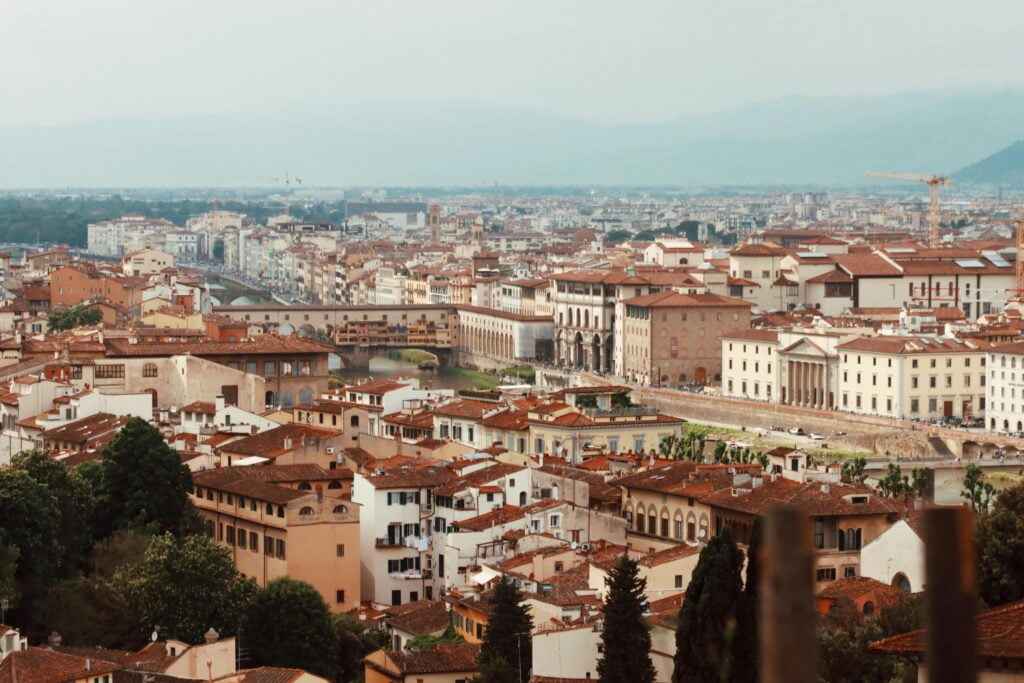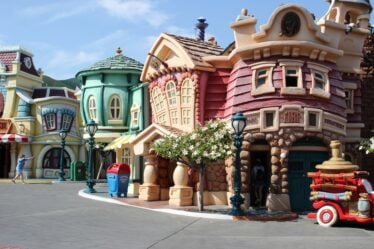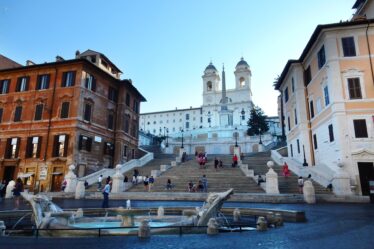
With the decree of Ferdinand I of 25 September 1593, the Grand Duke ordered the eviction of the premises on Ponte Vecchio used for the sale of meat, vegetables and fish. All this to make room for the new tenants: goldsmiths, silvers-makers and jewelers. But before this change of activity, where the goldsmiths and jewelers were located?
Almost exactly where the leather goods sales desks in Via Dell’Ariento are presently located. A former Assumption road became Argento because to the numerous Argentieri and goldsmith stores and residences beside it. Tommaso di Currado Bigordi, who may have been the creator of the little garlands or crowns made of gold and silver that Florentine women wore on their heads, resided on this street.
He adopted Ghirlandaio as his “surname” in recognition of the execution’s success. Unlike their father, Domenico’s sons, David, Benedetto, and Tommaso, all became accomplished painters, with Domenico being particularly well-known for his work. There is a little alleyway beside the “Ghirlandaio” family’s business named “ball,” which is now known as “golden ball,” which is obviously used for the processing of threads made with precious metal.



